When it comes to choosing the right roofing material for your home, the options can be overwhelming. Among the most popular choices are asphalt, metal, and tile shingles, each with its own set of advantages and drawbacks. This guide will help homeowners in Eastern Iowa and the Greater Des Moines area make an informed decision by comparing these three types of roofing materials.
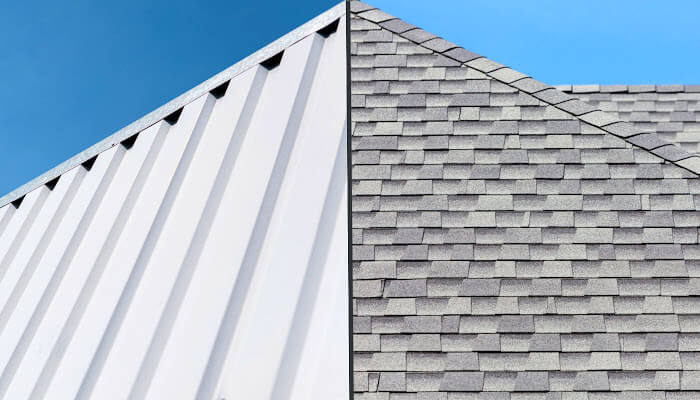
Asphalt Shingles
Overview Asphalt shingles are the most commonly used roofing material in the United States, known for their affordability and ease of installation. They are composed of a fiberglass or organic base coated with asphalt and topped with mineral granules.
Advantages
- Cost-Effective: Asphalt shingles are among the least expensive roofing materials, making them a popular choice for budget-conscious homeowners.
- Variety: Available in a wide range of colors and styles, asphalt shingles can mimic the appearance of more expensive materials such as slate or wood.
- Ease of Installation: The installation process is relatively simple, which can reduce labor costs and time.
Disadvantages
- Lifespan: Typically, asphalt shingles last between 15 to 30 years, which is shorter compared to other materials.
- Durability: They are susceptible to damage from extreme weather conditions, such as hail and high winds.
- Environmental Impact: Asphalt shingles are not recyclable and contribute to landfill waste.
Metal Roofing
Overview Metal roofing has gained popularity due to its durability, longevity, and energy efficiency. Common materials include steel, aluminum, and copper.
Advantages
- Longevity: Metal roofs can last 40 to 70 years, significantly longer than asphalt shingles.
- Durability: They can withstand harsh weather conditions, including heavy snow, rain, and wind. Metal roofs are also resistant to fire and impact damage.
- Energy Efficiency: Reflecting solar radiant heat, metal roofs can reduce cooling costs by 10-25%.
Disadvantages
- Cost: The initial cost of metal roofing is higher than asphalt shingles, which can be a deterrent for some homeowners.
- Noise: Without proper insulation, metal roofs can be noisier during rain or hailstorms.
- Aesthetics: While modern metal roofs come in various styles and colors, some homeowners may not prefer their appearance.
Tile Roofing
Overview Tile roofing, made from materials such as clay or concrete, is known for its distinctive look and exceptional durability. It is a common choice in warmer climates due to its thermal properties.
Advantages
- Longevity: Tile roofs can last 50 to 100 years, making them one of the longest-lasting roofing materials.
- Durability: They are resistant to fire, insects, and rot. Tile roofs also perform well in hot climates, reflecting heat and keeping homes cooler.
- Aesthetics: Tile roofing offers a unique and attractive appearance that can enhance the curb appeal of any home.
Disadvantages
- Cost: Tile roofing is expensive, both in terms of material and installation costs.
- Weight: Tiles are heavy, requiring additional structural support, which can increase overall costs.
- Fragility: While durable, tiles can be brittle and may crack if walked on or struck by heavy objects.
Conclusion
Choosing the best roofing material depends on various factors, including budget, climate, aesthetic preferences, and long-term goals. Asphalt shingles are cost-effective and versatile, making them ideal for homeowners seeking an affordable and straightforward option. Metal roofing offers superior durability and energy efficiency, perfect for those looking for a long-lasting and sustainable solution. Tile roofing provides unmatched longevity and a distinctive appearance, suitable for homeowners willing to invest in a premium product.
For expert advice and professional roofing services in Eastern Iowa and the Greater Des Moines area, visit Robison Construction and Roofing.
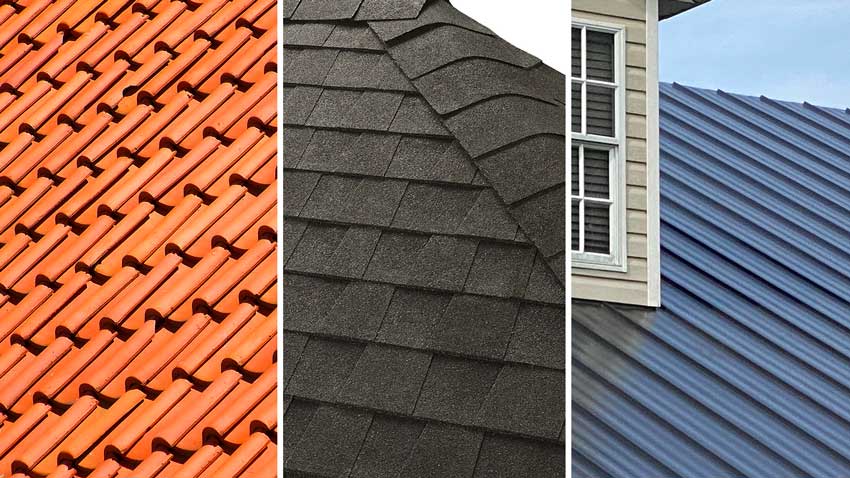


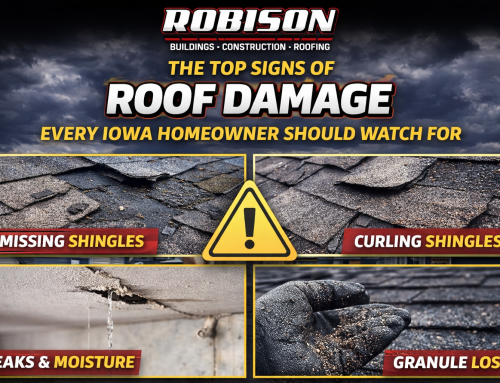
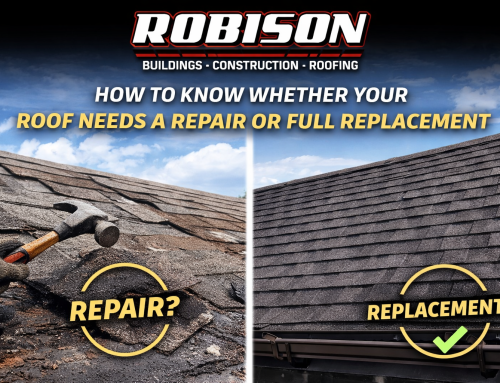
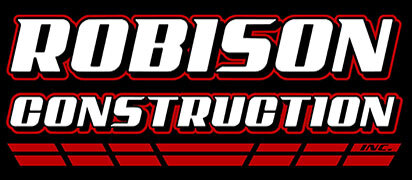
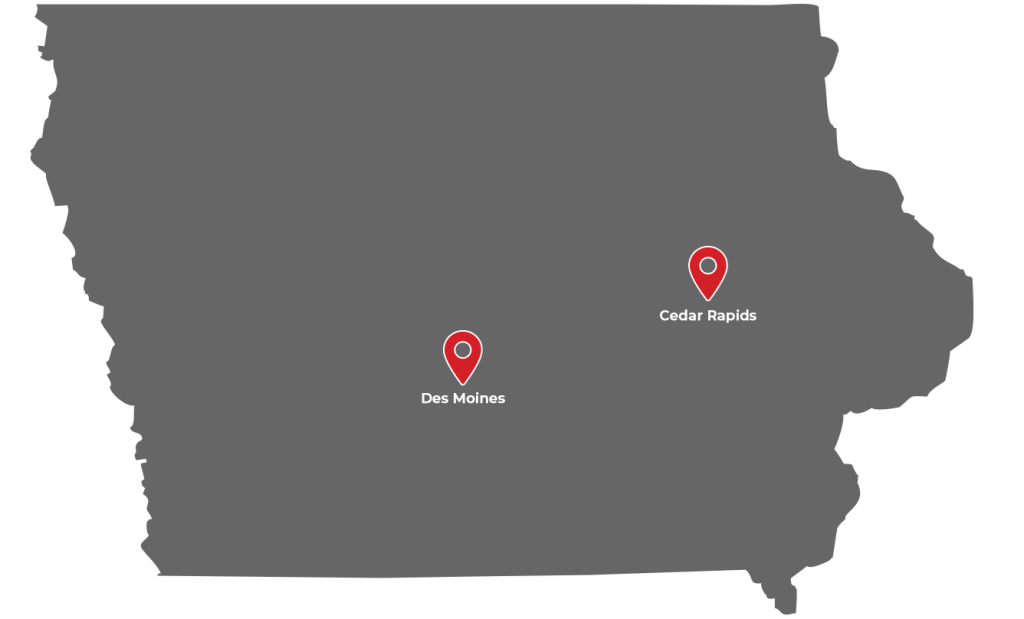
Leave A Comment